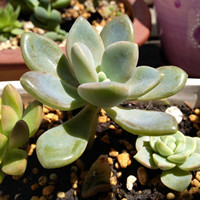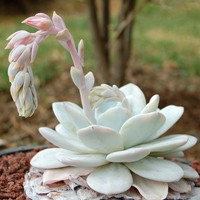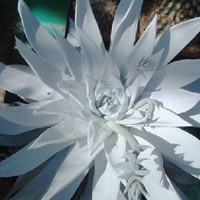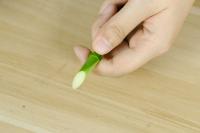How Do You Water Succulent Plants
Succulent plants are incredibly popular these days, and for good reason. These hardy plants come in a variety of shapes and sizes, and they require very little maintenance. However, one question that many new succulent owners have is how to water their plants properly. In this article, we'll take a closer look at how to water succulent plants to keep them healthy and thriving.
Understanding Succulent Plant Anatomy
The first step in understanding how to water succulent plants is to understand their anatomy. Succulents store water in their leaves, stems, and roots, which allows them to survive in arid environments. This means that when it comes to watering succulents, less is often more. Overwatering can cause the roots to rot, which can lead to plant death.
How Often To Water Your Succulent Plants
One of the most important things to keep in mind when watering succulent plants is that they prefer infrequent watering. Depending on the climate where you live and the type of succulent you have, you may only need to water your plants once every 2-4 weeks. The key is to wait until the soil is completely dry before you water again.
How To Water Your Succulent Plants
When it's time to water your succulent plants, it's important to do so correctly. Rather than pouring water directly onto the leaves, you'll want to water the soil around the plant. This helps to prevent overwatering and ensures that the roots have access to the water they need. If your plant is in a container, simply pour water into the soil until it's moist, but not wet.
Tips For Watering Succulent Plants
Here are a few tips to keep in mind when watering succulent plants:
- Use well-draining soil to prevent root rot
- Water in the morning to allow any excess water to evaporate during the day
- Use a watering can with a narrow spout to control the flow of water
- Water less in the winter months when succulent plants are often dormant
Signs Of Overwatering
If you're unsure whether you're watering your succulent plants properly, there are a few signs to look out for. Overwatering can cause the leaves to turn yellow or mushy, and it can also lead to root rot. If you notice any of these signs, stop watering your plants immediately and allow the soil to dry out before watering again.
In Conclusion
Watering succulent plants properly is essential to their health and longevity. By understanding the anatomy of succulent plants and following these tips, you can help your plants thrive for years to come.

 how many times do yo...
how many times do yo... how many planted tre...
how many planted tre...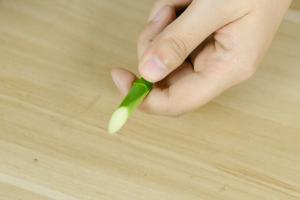 how many pine trees ...
how many pine trees ... how many pecan trees...
how many pecan trees... how many plants comp...
how many plants comp... how many plants can ...
how many plants can ... how many plants and ...
how many plants and ... how many pepper plan...
how many pepper plan...
















